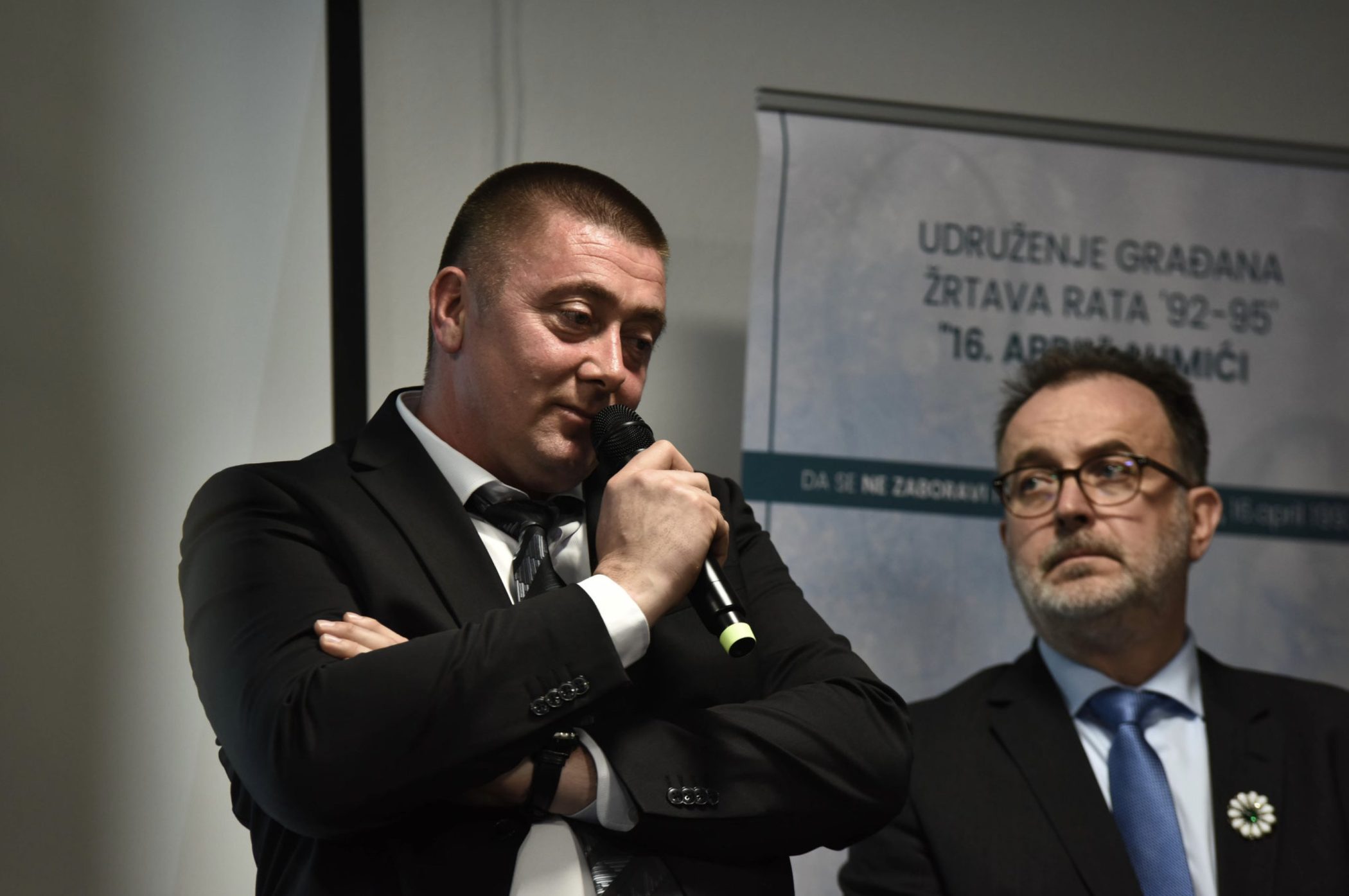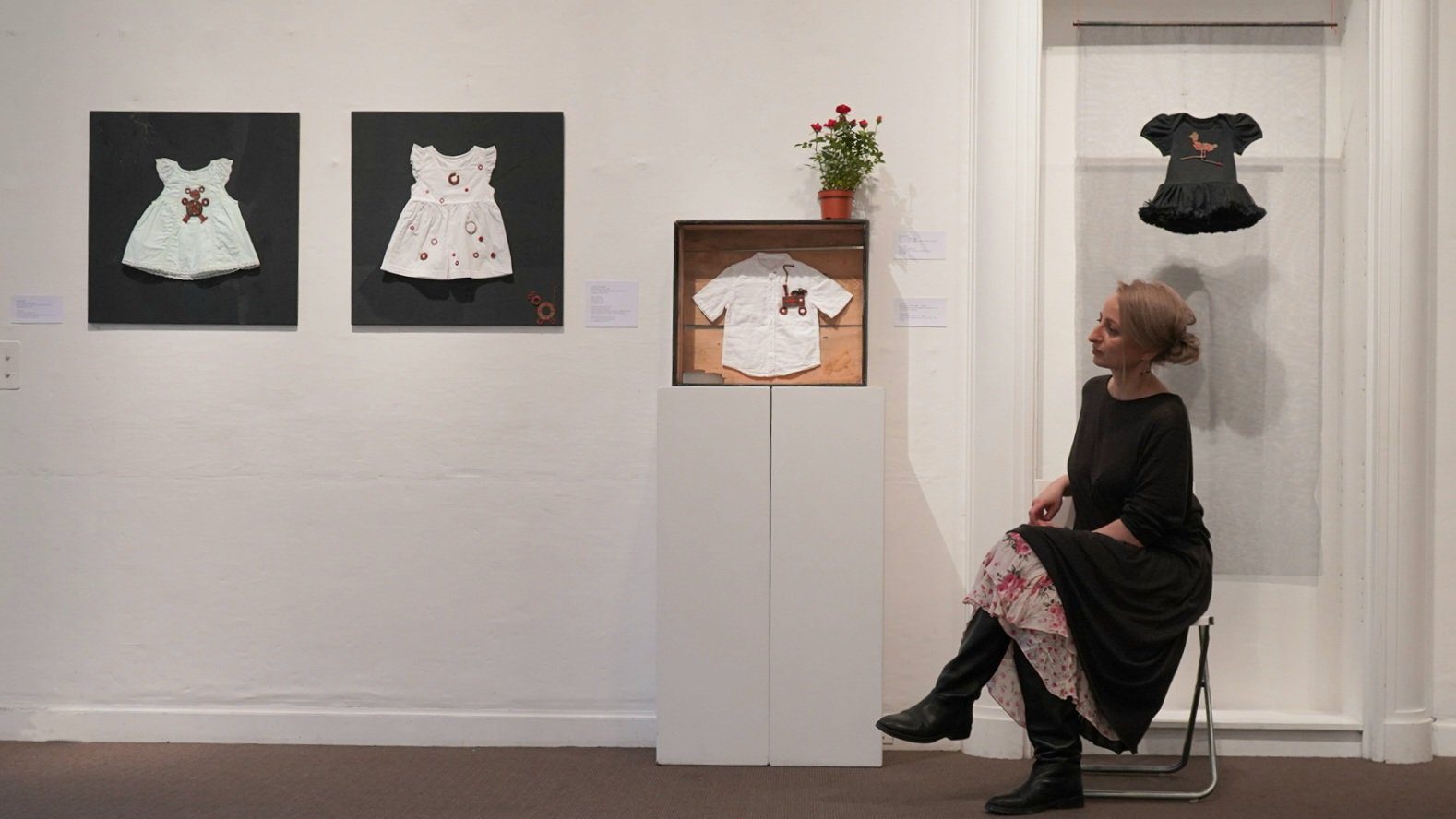This post is also available in: Bosnian
Working as a part of the prosecutorial team in the case against former Bosnian Serb general Radislav Krstic was emotionally draining and demanding, Cayley said, but added that he got satisfaction from the fact that the investigation was thorough.
“I felt guilty saying that we did a good job – mostly because of the victims,” Cayley told BIRN in an interview.
Cayley worked at the Hague Tribunal on other cases, but said Srebrenica was special.
When he joined the team working on the Krsic case, he visited the mass execution sites.
“I remember an exhumation in Glogova. That was a big operation to extract bodies and I was shocked with what I saw. There were hundreds of bodies in the mass grave. We went to execution sites since we needed to prove the case and we needed to know what these places looked like,” said Cayley.
Cayley says he would be haunted forever by seeing the Pilica Cultural Centre, where hundreds of Bosniaks were executed.
“I went into this building in 1999 with Jean Rene Ruez and we went under the stage. There was planking and it was horrible. Congealed blood between the planks, where once you had concerts… The area was closed for four years. We saw holes from automatic rifles on the walls. Those are the types of guns you use when you want to kill a lot of people fast. It was a brutal place,” he recalled.
Speaking about the trials related to Srebrenica, Cayley said the challenge was proving that an entire group was set for extermination.
“The target has to be an ethnic, racial or religious group. We had that . They were all Bosnian Muslims. We knew that all Bosniaks from Bosnia weren’t killed in Srebrenica, but we knew and believed that the Bosniak population from Srebrenica – the males – because of the patriarchal structure of the population, where women relied on the males, we knew this was a destruction of the group,” he said.
Cayley said that it was clear that the killings were systematic.
“It was more systematic in Srebrenica than elsewhere . I am not saying there was no plan in any other place, but in Srebrenica there was a lot of planning we could prove through intercepted conversations in the Bosnian Serb army, which identified groups of prisoners in locations who were taken to execution sites. Such a concentrated manner of killing was not visible in other parts of the country,” he explained.>Forensic evidence from mass graves played a huge role in the investigation, according to Cayley.
“The Serbs said that those were combatants, but they had their hands tied and some had blindfolds. Not all, but many. One body was on a stretcher, that’s how we found the body. He was obviously a fighter, but an injured fighter. That is not someone you kill and throw into a mass grave. He is a protected person… Almost all the skulls, not all but many, had a bullet hole in the back of the head. The Serbs know this, but they don’t want to say,” he said.
Explaining the difficulty in proving genocide according to international law, Cayley said that the number of victims is not the only important thing.
“There were more than 1.8 people killed by the Khmer Rouge in Cambodia in a three-year period, but that was not genocide because they were murdered for political reasons, and not on racial, ethnic or national grounds. Maybe the definition can be amended for that to be considered genocide, but it is not now,” he said.
After the adoption of the genocide convention by the United Nations in 1948, the international courts for the former Yugoslavia and Rwanda were the first to actually try individuals for genocide.
“I was very young, in my thirties when this happened, and prior to that I never actually thought I could do something like that… I think we all felt like pioneers,” Cayley said.


